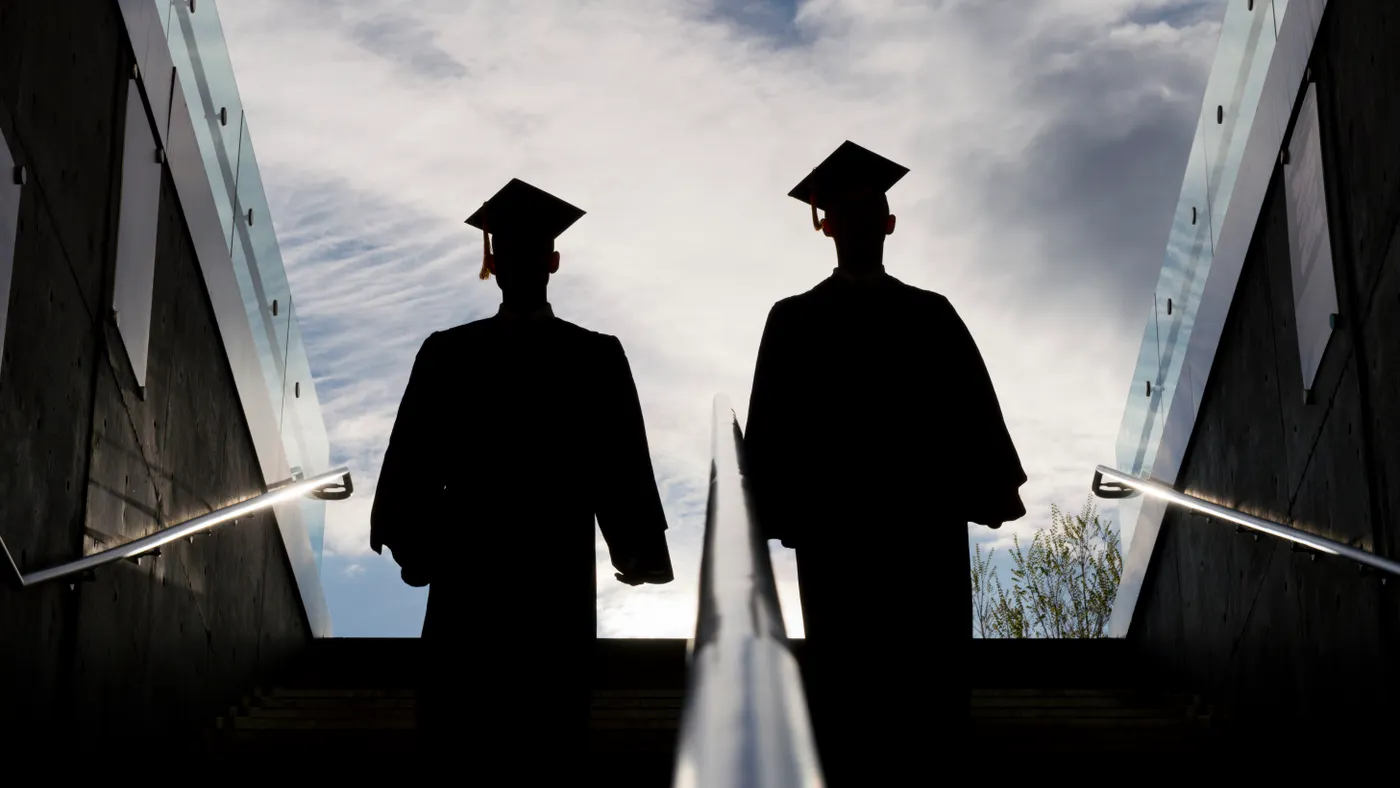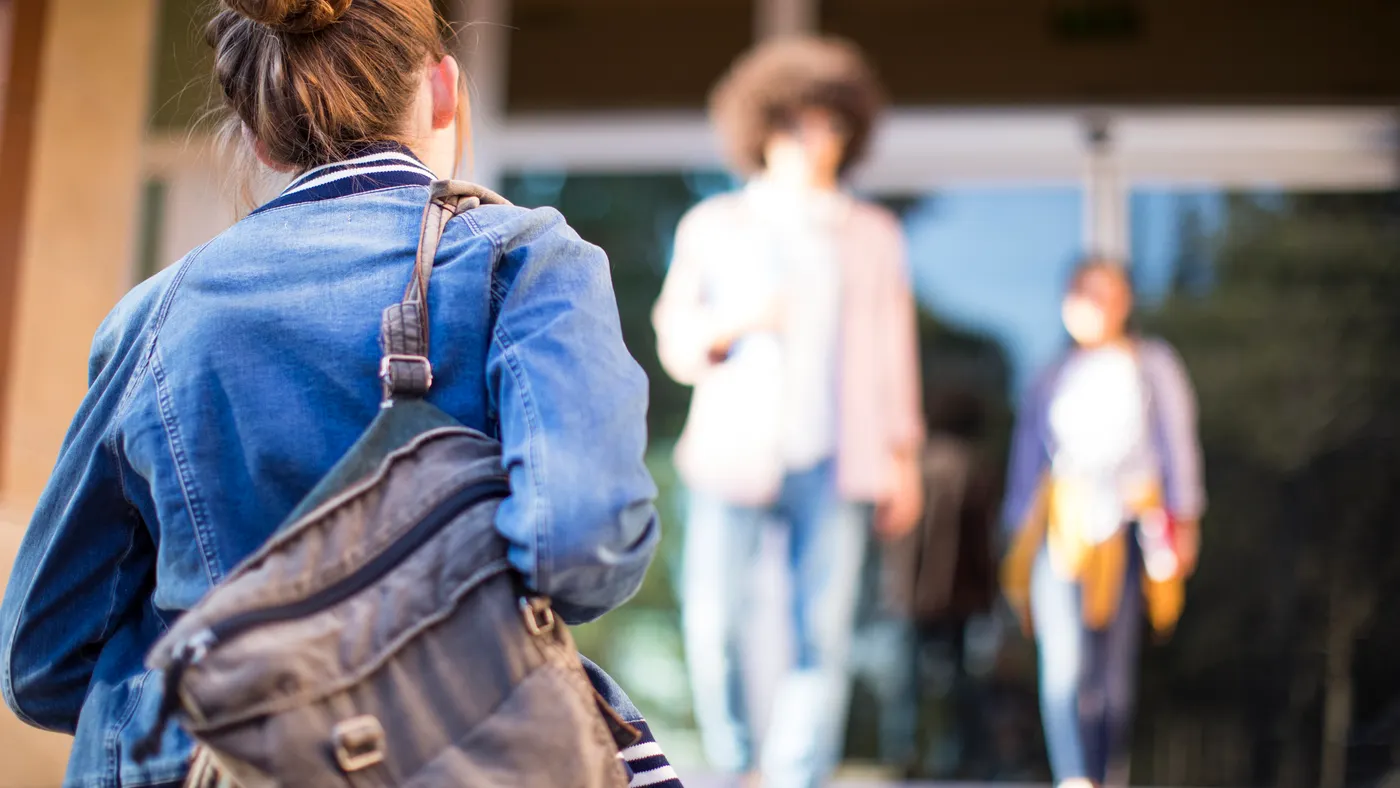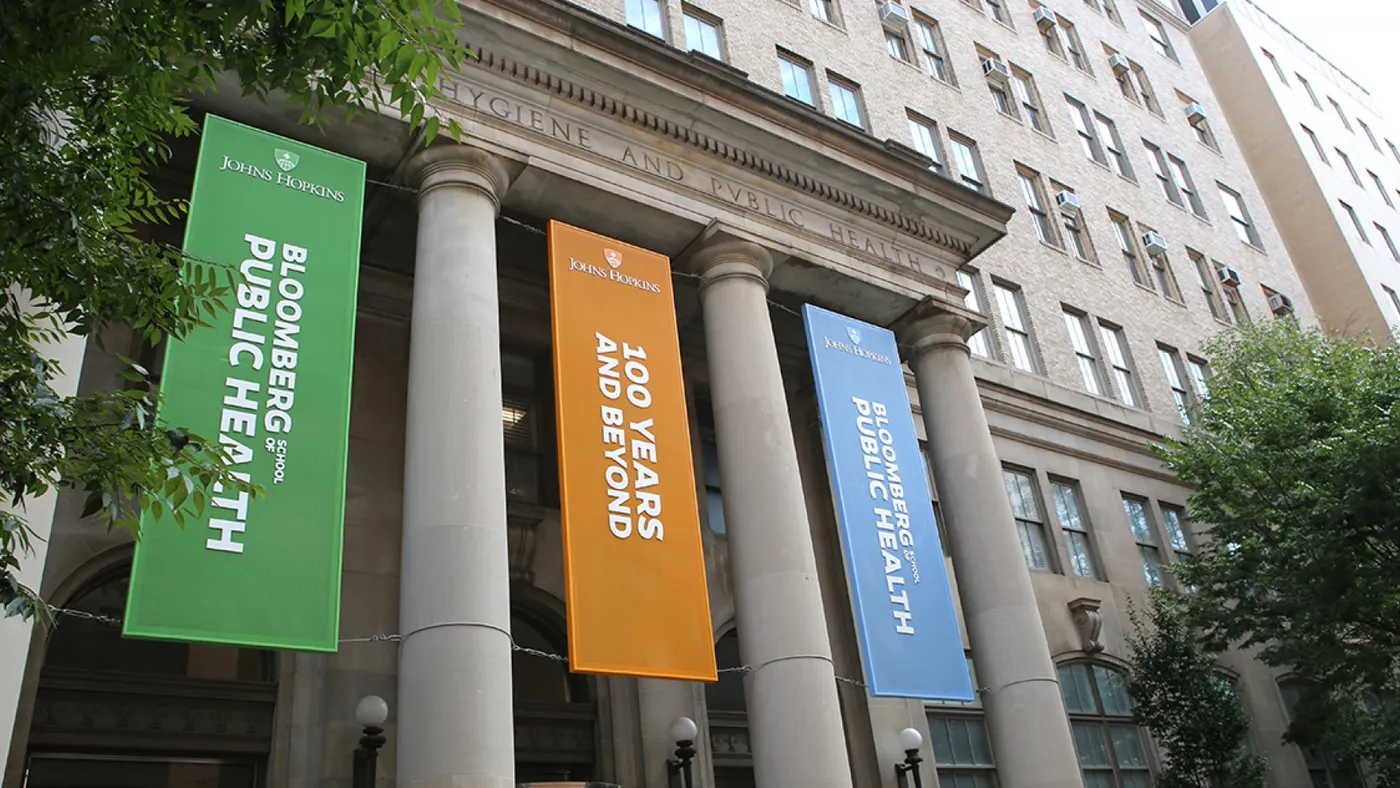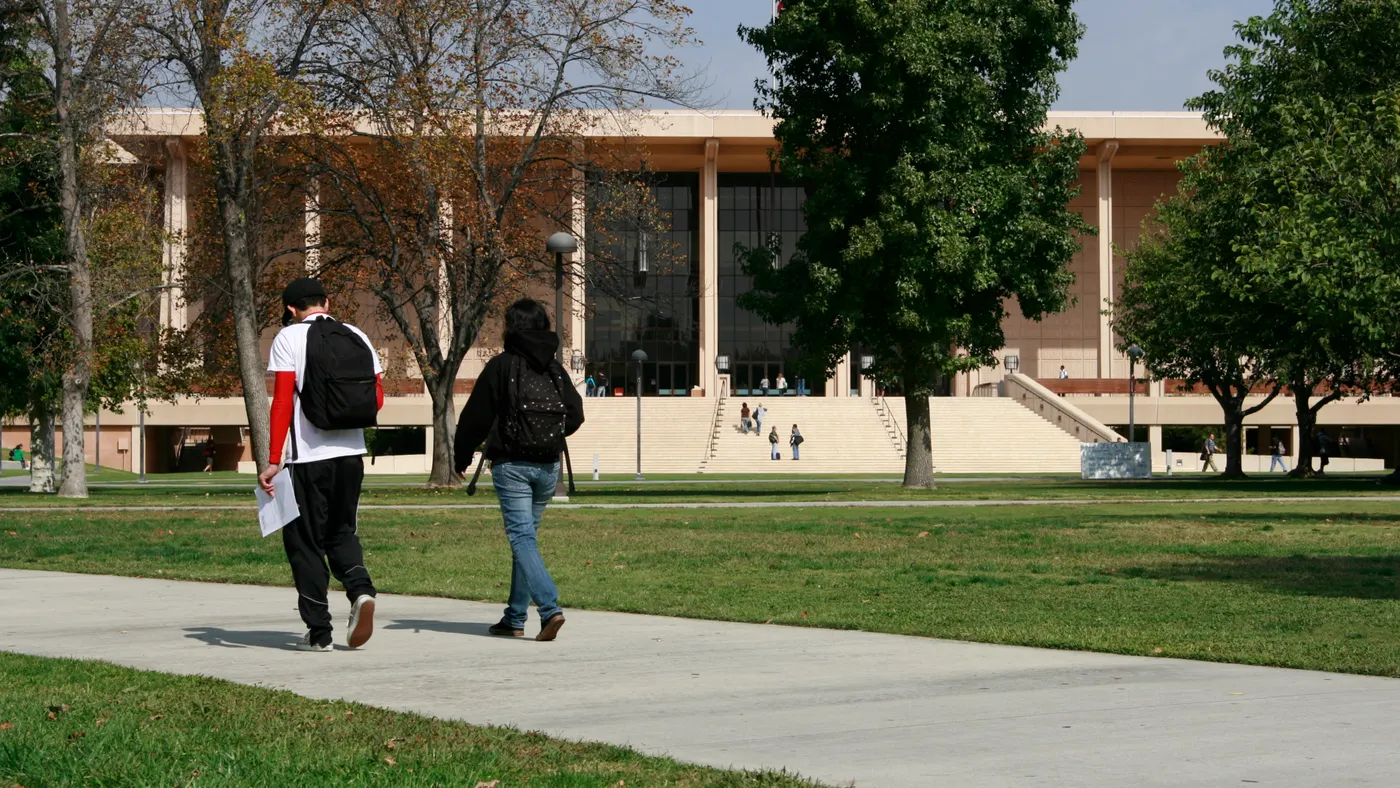By: Lilah Burke
• Published May 30, 2023
After Samer Hassan graduated with honors from a Chicago community college, he enrolled at Columbia University to put himself on a better economic path. But he initially found life at the top-ranked university difficult.
As someone who describes himself as having grown up undocumented, he felt alienated by a culture of economic privilege. And he struggled to pay for meals and housing, even though he received a full-tuition scholarship.
Hassan also didn’t think his community college curriculum prepared him for Columbia’s academic rigor.
“Day one, it hit me very hard, knowing that I have no idea what these professors are referencing,” said Hassan, who is now the storytelling and engagement manager at Young Invincibles, a nonprofit advocacy organization. “I had to spend a lot more time studying than I originally thought.”
Selective colleges should be more welcoming of community college transfer students, said Hassan, who graduated in 2020. But the odds are stacked against transfer students hoping to get admitted to and complete their education at prestigious institutions, like those in the Ivy League.
Hassan said he encountered a narrative at Columbia that he should feel lucky to be there.
“It’s like, ‘No, I actually worked my butt off to be here,'” Hassan said. “You guys should actually feel lucky to have me and have my lived experiences and my perspective.”
Some groups and colleges are trying to improve these issues by creating new models to build connections between the two sectors.
Each year, around 50,000 high-achieving, low-income community college students aren’t transferring to four-year colleges, according to Tania LaViolet, director at the Aspen Institute’s College Excellence Program, which is looking to boost this type of transfer. Moreover, 15,000 students in this group have a GPA of 3.7 or higher.
“That demonstrates that they could excel at really any college in the country,” LaViolet said. “There’s so much talent left on the table that isn’t supported to meet their full potential.”
The problem
It’s not hard to imagine why community college students might want to attend a well-known university.
Highly selective colleges often have resources and connections that less prominent institutions lack. And their exclusivity tends to come with material benefits for admitted students, such as higher post-graduation earnings than community college students.
But barriers abound for community college students who want to enroll in these institutions.
The first is that some four-year institutions simply do not admit community college transfer students. Although that’s historically been an issue, selective colleges are now shifting their practices and opening themselves more to these students, LaViolet said.
Another hurdle can be that community college students don’t know that a well-regarded four-year college is an option for them.
“What we hear consistently from students is an education from a top private college isn’t on their radar for the most part,” LaViolet said.
But a recommendation from a teacher or adviser can lead to a breakthrough. “All it took was someone saying, ‘I think you could do this,’” she said.
Even when students understand they can apply to transfer to a highly selective college, they may believe it will be too expensive. Eye-popping sticker prices often put off low-income students, even if most people don’t end up paying the full price.
Part of the solution to that, LaViolet said, is for institutions that offer generous financial aid to better communicate their affordability to students.
Four-year institutions could also accept more community college credits, which help students spend less time finishing their education.
“It doesn’t send a very good inclusive message when you admit students and don’t take their credits,” LaViolet said.
Some evidence suggests that when community college students manage to transfer to a four-year college, they may be more likely than other students to transfer to a selective one.
A 2019 study compared students who transferred from community colleges with those who transferred from four-year institutions. The community college students were more likely than the four-year students to attend a very selective or moderately selective university.
“The same subgroups of students who are overrepresented at community colleges — low-income students, racially minoritized students, adults, parents, etc. — are also initially underrepresented at highly selective institutions,” said Justin Ortagus, one of the study’s authors and professor and director of the Institute of Higher Education at the University of Florida.
“The community college is preparing these students to be put in a position to succeed later.”
Working on change
LaViolet is part of the Aspen Institute's initiative to change the relationship between highly selective universities and community colleges. Launched in January 2021, the Transfer Scholars Network connects 12 community colleges and 13 highly selective four-year universities that offer generous financial aid.
Participating community colleges nominate high-achieving, low-income students, who are given support and access to admissions staff from the four-year institutions they are interested in attending.
The selective colleges are asked to support community college transfer students and be open to accepting their credits. The network model allows the colleges and universities to learn from each other.
Some of the network’s institutions are among the most selective in the country, including Princeton and Yale universities, Williams College and Massachusetts Institute of Technology.
In the fall 2022 admissions cycle, LaViolet said, 372 students participated in the initiative, although not all of them were ready to apply that upcoming cycle. Of those students, 120 applied to institutions within the network, and 16 transferred to them. Another 113 who transferred eventually enrolled in institutions with graduation rates above 70%.
“The vision for the Transfer Scholars Network is to advance the future where any community college student across the nation can see just how far their talents can take them,” LaViolet said.
Some community colleges are independently working on similar missions to increase the number of their students who transfer to selective institutions. Hudson Valley Community College in New York, for example, is creating an honors college with a rigorous curriculum to send students to top institutions.
“Our focus with the honors college is to take the best and the brightest that are coming from our high schools and tell them that they can achieve even more,” said Lamyaa Hassib, director of the honors college. “They are going to get this education that is going to carry them forward to be even more successful.”
Part of the draw for students in the honors college will be a tuition-free experience. Officials are working to build relationships with four-year institutions, with the goal that those universities might set aside spots for Hudson Valley honors college students.
“That is not the norm at any institution in the U.S. Normally, students have to compete to get in,” said Roger Ramsammy, president of Hudson Valley. “When you hear that our curriculum is at the rigorous level, and is equal or better than what they are currently doing, it only says that there’s a great possibility that most of these requests for slot reservations will be provided.”
The opportunity to go to a highly selective institution, Ramsammy said, is a rare and valuable one.
“We’re really trying to give people access,” he said. “We are as good or equal at giving folks an opportunity, and they should look at community colleges in that way.”
Article top image credit: gregobagel via Getty Images












